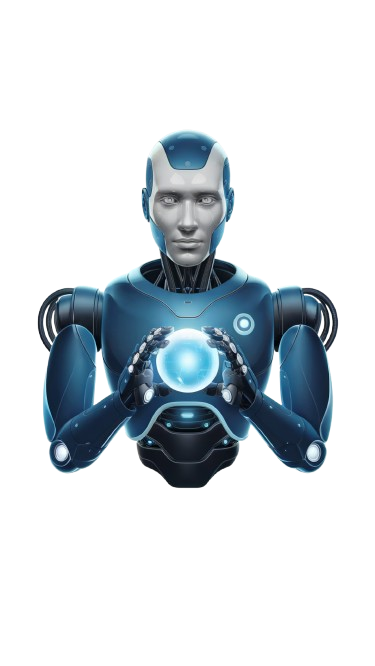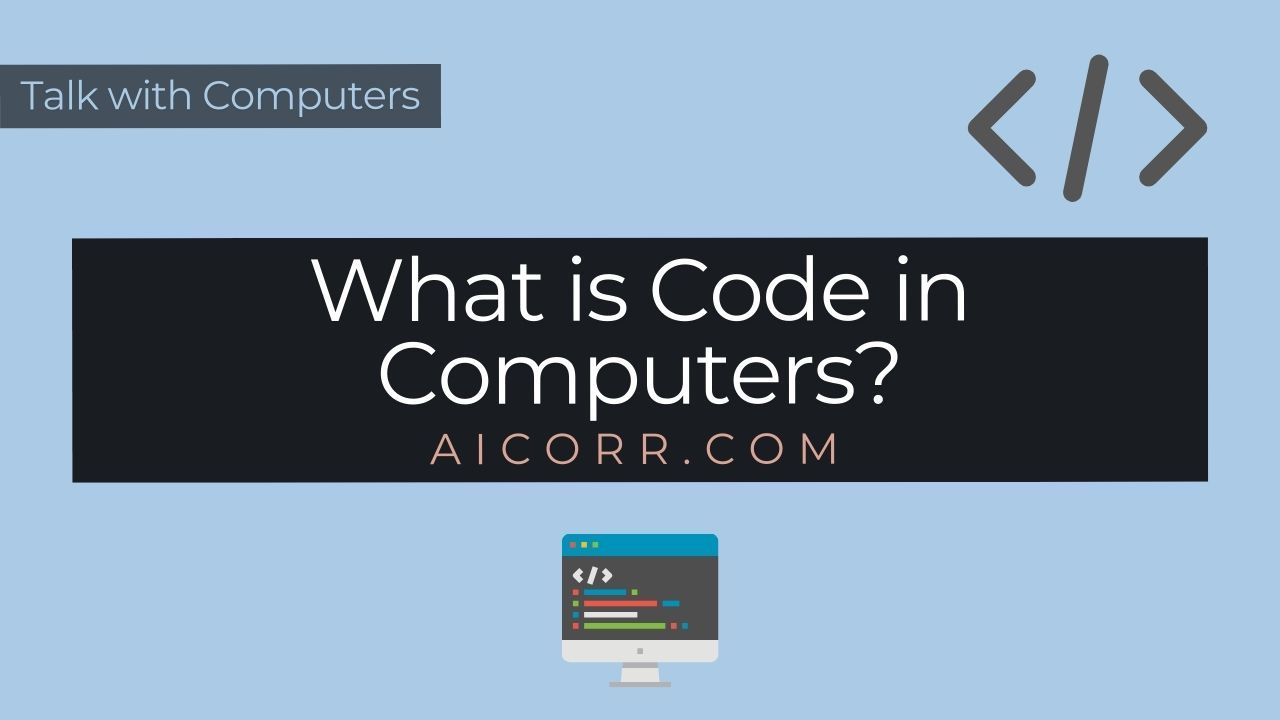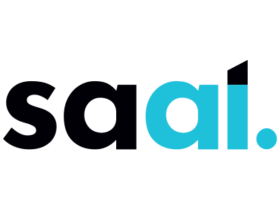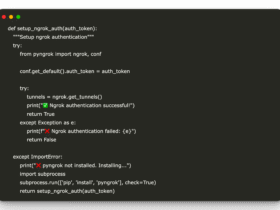What is Code in Computers? Part of Talk with Computers Tutorials.
Table of Contents:
- What is Code?
- Why Do Computers Need Code?
- How Does Code Work?
- What Are Programming Languages?
- What Does Code Look Like?
- How Does the Computer Understand Code?
- Where is Code Used?
- Can Anyone Learn to Code?
- Why Should You Learn Code?
What is Code in Computers?
If you’ve ever heard someone say they “write code” or are a “programmer,” you might wonder what exactly they mean by “code.” Let’s break it down step by step in simple terms.
1. What is Code?
At its core, code is a set of instructions that tells a computer what to do. Think of it as a recipe for a computer. Just like a recipe tells you how to make a cake step-by-step, code tells a computer how to perform specific tasks.
2. Why Do Computers Need Code?
Computers are incredibly powerful machines, but they don’t think for themselves. They can only follow instructions given by humans. These instructions come in the form of code.
Without code, your phone wouldn’t know how to play a video, your browser wouldn’t show websites, and video games wouldn’t work. Every action you see on a computer involves code running in the background.
3. How Does Code Work?
Imagine you’re writing a set of instructions for a robot:
- Walk forward 5 steps.
- Pick up the ball.
- Turn around and walk back.
This is similar to how computer code works — it provides precise instructions. However, instead of English, computers “understand” programming languages.
4. What Are Programming Languages?
A programming language is a special language used to write code. Just like we speak English, Spanish, or Mandarin, computers “speak” in languages like:
- Python
- JavaScript
- C++
- Java
Why Different Languages?
Different programming languages are used for different tasks. For example:
- Python is great for data analysis and automation.
- JavaScript is used for creating interactive websites.
- C++ is fast and powerful, often used in video games.
5. What Does Code Look Like?
Here’s a simple example in Python, one of the most beginner-friendly languages:
print("Hello, World!")
This code tells the computer to display the text Hello, World! on the screen. Simple, right?
6. How Does the Computer Understand Code?
Computers don’t directly understand programming languages like Python or JavaScript. They only understand binary code (1s and 0s).
How Does it Get Translated?
When you write code:
- Compiler or Interpreter: Translates the code into machine language (binary).
- Execution: The computer runs the translated instructions.
7. Where is Code Used?
Code is everywhere! Here are just a few examples:
- Websites: The code makes buttons clickable and forms work.
- Apps: Games, messaging apps, and social media platforms.
- Smart Devices: Even your fridge or smart speaker runs on code.
- Self-Driving Cars: Complex code helps these cars navigate safely.
8. Can Anyone Learn to Code?
Absolutely! Learning to code is like learning a new language or solving puzzles. With practice and the right resources, anyone can become good at it.
There are so many resources online. Try our beginner-friendly content here:
9. Why Should You Learn Code?
Coding opens up endless possibilities:
- Create your own apps and websites.
- Solve real-world problems with technology.
- Build games and fun projects.
- Great career opportunities in technology fields.
Ending
Code is the magic that makes computers do amazing things. By learning to code, you’re not just using technology — you’re creating it!
Watch: What is Code in Computers?












